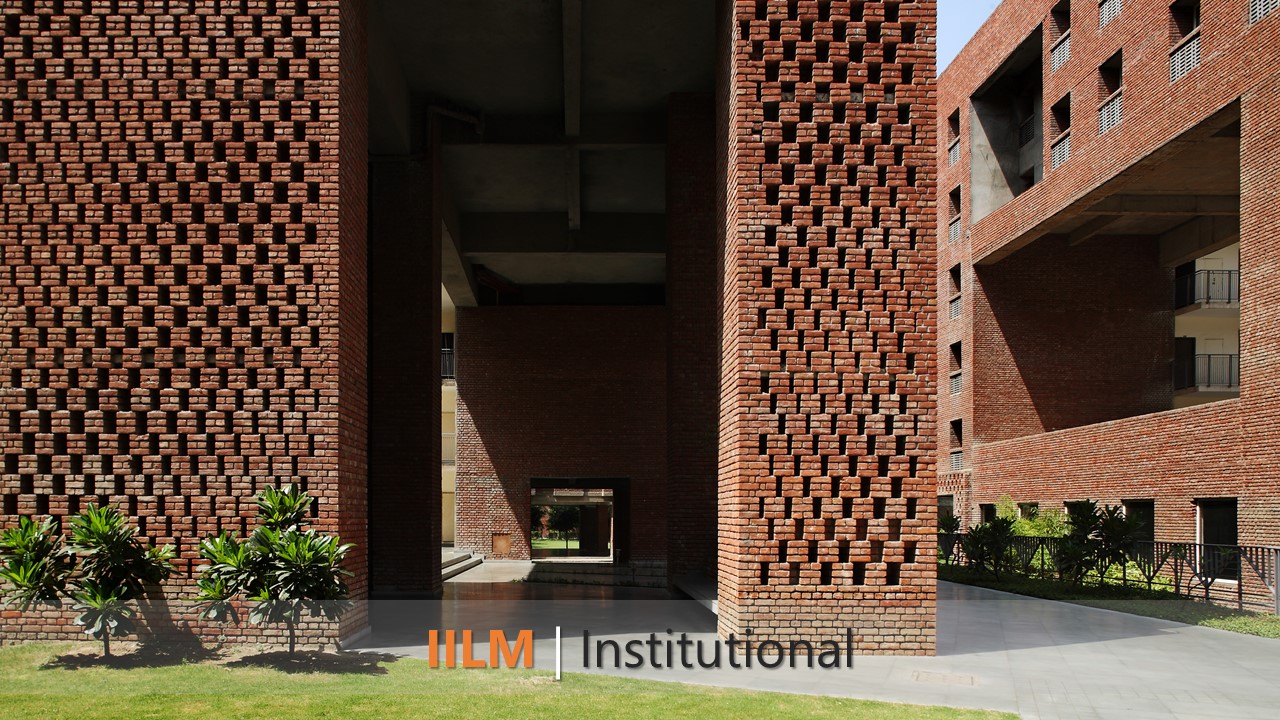We bring you the eighth of a 14 part series of extract from the Morphogenesis Monograph, to give you a peek into the mindspace of one of India’s best recognized, sustainable design practices.
Institutional: IILM Campus.
“The project is a student-housing complex within the existing educational campus of the Institute for Integrated Learning in Management in Greater Noida. The campus takes inspiration from the urban structure of court, cluster and street living of Shahjahanabad, the old settlement of Delhi. The aim was to create an architecture that would be a sociocultural setting for fostering the cross-pollination of ideologies in young minds.
The notion of the street being an urban space and the community being the caretaker of it has been used to align all movement along one narrow street with the individual blocks facing into this primary circulation spine. A series of interaction spaces in the form of voids punctuate the volume, creating in a way, a vertical urbanscape that overlooks the central spine and the courts. This plays a vital role in Morphogenesis’ design approach for this student habitat in terms of safety and security, both perceived and real.
An apartment format is adopted for the student accommodation to promote community living. This is borrowed from the chawl format of tenements where the courtyard acts as the extended living space for each family. The porosity of jaalis is used to cross-ventilate these courtyards while the movement of the sun adds the dynamic dimension of light and shadow patterns sweeping the form through the day.
IndoOr gathering spaces have been located belowground and open to large earthbanked subterranean courtyards. The subterranean landscape areas are articulated with water features and seating spaces to enhance student use.
The choice of brick as the primary façade material was also an exercise in resource optimisation by serving the dual purpose of creating a high performance and low-maintenance façade that weathers well in this harsh climate.
The IILM student housing is a project where the architecture and spatial character of the built form play a key role in developing the socio-cultural ethos of this student community. It is also a case where optimising resource through material and morphology allows for reduced built form without reducing functionality.”


